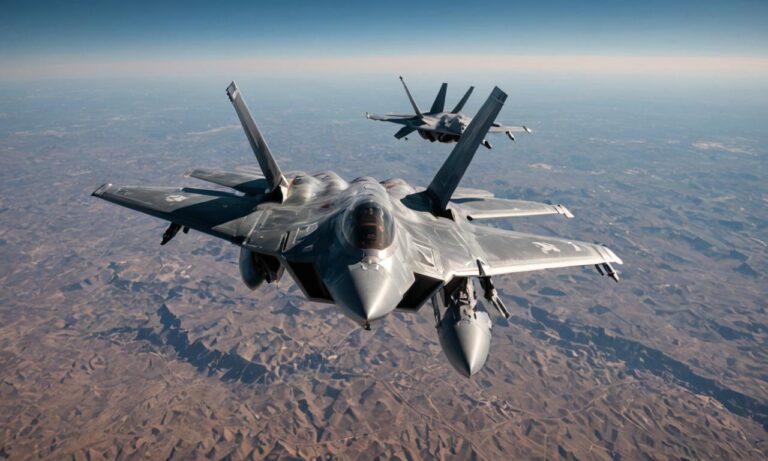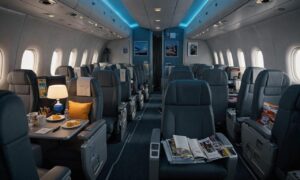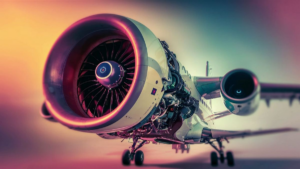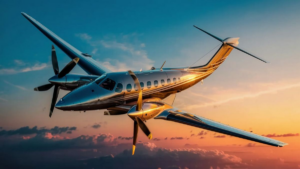When it comes to military aviation, certain aircraft stand out for their sheer power, speed, and complexity. However, with great capability comes great risk, and some aircraft are notoriously known for their challenging flight characteristics, demanding training requirements, and inherent dangers. Let’s delve into some of the most dangerous military aircraft to fly.
F-22 Raptor
The F-22 Raptor, renowned for its stealth capabilities and advanced avionics, is also one of the most challenging aircraft to pilot. Its combination of high speed, maneuverability, and stealth features demands exceptional skill from its pilots. The aircraft’s complex systems require thorough understanding and constant training to operate effectively.
MiG-29 Fulcrum
The MiG-29 Fulcrum, a Soviet-era fighter jet, presents numerous challenges to its pilots. Despite its agility and impressive performance, the aircraft’s aerodynamic instability at certain flight regimes can catch inexperienced pilots off guard. Additionally, its advanced avionics and weapons systems require extensive training to master.
AH-64 Apache
The AH-64 Apache, a formidable attack helicopter, is notorious for its demanding flight characteristics and high operational tempo. Flying the Apache requires precise control inputs and split-second decision-making, especially in combat situations. Maneuvering in close proximity to terrain and engaging enemy targets add to the aircraft’s inherent risks.
Sukhoi Su-27
The Sukhoi Su-27, a Russian air superiority fighter, is revered for its agility and formidable performance. However, its complex flight control system and demanding handling characteristics make it a challenging aircraft to master. Pilots must undergo rigorous training to safely operate the Su-27, particularly during high-G maneuvers and air combat engagements.
A-10 Thunderbolt II
The A-10 Thunderbolt II, commonly known as the “Warthog,” is designed for close air support missions and is built to withstand significant battle damage. However, its slow speed and low-altitude flying profile make it vulnerable to enemy fire, especially from ground-based threats. Pilots must remain vigilant and employ evasive maneuvers to survive in hostile environments.
F-35 Lightning II
The F-35 Lightning II, a fifth-generation multirole fighter, boasts advanced stealth capabilities and cutting-edge technology. However, its complexity and software integration issues have posed challenges during its development and operational phases. Pilots undergo extensive training to mitigate risks associated with the aircraft’s advanced systems.
Mi-24 Hind
The Mi-24 Hind, a heavily armed helicopter gunship, is renowned for its versatility and firepower. However, its large size and weight make it susceptible to enemy fire, particularly from ground-based air defense systems. Pilots must navigate complex battlefields while effectively coordinating with ground forces to minimize risks.
B-2 Spirit
The B-2 Spirit, a stealth bomber, is designed to penetrate enemy airspace and deliver precision strikes with minimal detection. However, its low-observable design and complex fly-by-wire system require highly skilled pilots to operate effectively. Flying the B-2 demands meticulous planning and execution to evade enemy defenses.
While these military aircraft represent the pinnacle of aviation technology, they also come with inherent risks and challenges. Pilots who operate these formidable machines must undergo rigorous training and remain vigilant at all times to ensure mission success and their own safety.
Frequently Asked Questions
Here are some common questions regarding dangerous military aircraft:
| Question | Answer |
|---|---|
| What makes an aircraft dangerous to fly? | An aircraft can be considered dangerous due to various factors such as its speed, maneuverability, complexity of systems, susceptibility to enemy fire, and operational environment. |
| Why do pilots need extensive training to operate these aircraft? | Extensive training is necessary to familiarize pilots with the aircraft’s complex systems, demanding flight characteristics, and to ensure they can effectively handle challenging situations, including combat scenarios. |
| How do pilots mitigate risks when flying these aircraft? | Pilots mitigate risks through thorough pre-flight planning, continuous training, adherence to safety protocols, situational awareness, and effective decision-making during flight operations. |
| What are some specific challenges pilots face when flying these aircraft? | Specific challenges include aerodynamic instability, high-G maneuvers, low-altitude flying, susceptibility to enemy fire, and coordinating with ground forces in combat situations. |
Training and Simulation
One crucial aspect of preparing pilots for flying these dangerous military aircraft is the use of advanced training and simulation technologies. Simulators allow pilots to practice handling the complexities of the aircraft in a controlled environment, replicating various scenarios they might encounter during actual missions. This training helps enhance their skills, decision-making abilities, and confidence in handling challenging situations.
Advanced Avionics
Modern military aircraft are equipped with advanced avionics systems that provide pilots with crucial information and situational awareness during flight. These systems include sophisticated radar, navigation, and communication systems, as well as Heads-Up Displays (HUDs) and Helmet-Mounted Displays (HMDs). Pilots must undergo extensive training to effectively utilize these systems to their advantage while operating in dynamic and high-stress environments.
See also:






